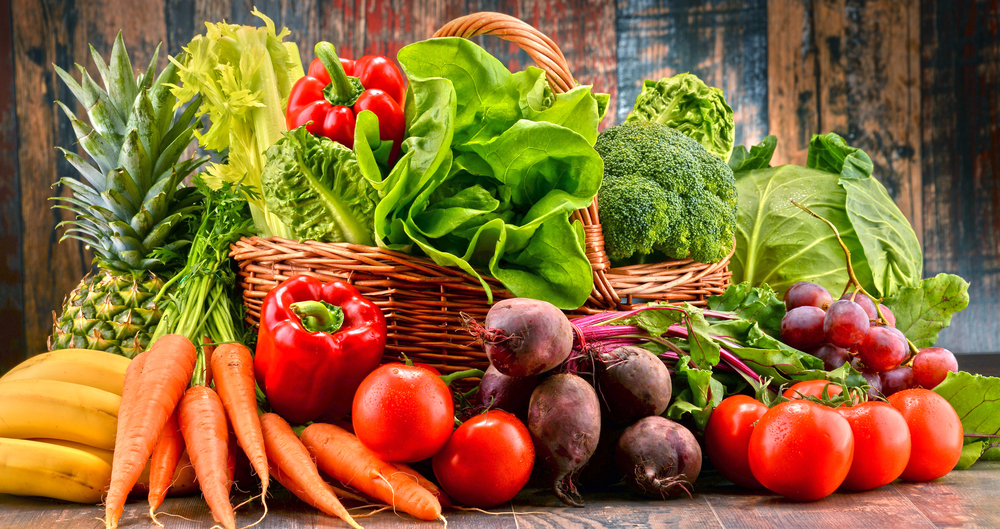
Fruit and Vegetables
This supply chain contains different processes, such as, cultivation, treatment and transport of fruits and vegetables, which are foods that should be in any kind of diet.
The principal phases that accumulate the supply chain of vegetables and fruits products are:
- Cultivation of the field and the product;
- Harvest with different modalities based on the kind of fruit and vegetable that is being cultivated;
- Processing phase: composed by different processing that variates according to the desired final product and they can be executed in a way more or less automated. In general, they point out to ensure to the final consumer a health product, with no contamination risk. In this way, it is fundamental the cleaning, that based on the kind of product can be carried out manually or mechanically.
- Stockage;
- Distribution for the final client.
According to the data furnished by the Mipaaf’s report on the strategy 2018-2022 for this supply chain, in Italy this kind of products have represented, from 2010 to 2015, the 23% of the Italian agricultural production, for an estimated value of 12 billion of euros.
The elevated Italian quality in the international view of vegetable and fruit is confirmed by the certified denomination PDO and PGI and the certified productions: 93 specialities by which 30 PDO and 63 PGI. In the first case it is possible to cite Genovese’s Basil, Etna’s Cherry, Cosenza’s Figs, Val di Non’s Apple and the Picenos’ Ascolana Olive. In the case of PGI some examples are furnished by the Sicilian Red Orange, Roman Artichoke, Tropea’s Red Onion, Costa d’Amalfi’s Lemon, Cuneo’s Red Apple, and the Pachino Tomatoes.
The challenges of this supply chain are many, and they are catalogued by the guide lines given by the CMO (Common Market Organisation[RC1] ) Fruits and Vegetables. As well by the measures adapted by the same, which are the advices called Issues For Action, inside the initiative called AIFV (International Year of the Fruit and Vegetable 2021) promoted by FAO. In the specific this regards:
- Policies: addressed to promote
- The access to healthy food and healthy cultivations
- A diet that comprehends a major apport to fruit and vegetable
- Incentives for sustainable cultivations even at a working level
- Reduction of chemicals and pesticides
- Exchange of seeds and plants between different countries
- Reduction of waste and loss on the whole supply chain
- Logistic and financial support for the Research and Development sector
- Usage of data and experimentations
- To Support of small producers
- To reduce waste and loss on the whole supply chain
- To implement productive technologies
- To favour research on the conservation of rare and indigenous plants and seeds
- To implement the adaptability of the cultivations to climate change
- Adoption of a multisectoral approach which predicts a coordination between private and public sector:
- To increase the know-how on the supply chain and sustainability itself
- To promote the R&D sector
- To engage the civil society in the enforcement of the value chain and in the reduction of waste and loss
- Development of the stakeholders’ capacity on every level:
- Through a continuous formation of farmers based on the demonstrations and mentoring on the arguments that range on the management of pesticides on sustainability
- To promote the R&D sector
- With the scope of guaranteeing more access to big markets to small producers
- To establish the control and formation standards on the whole supply chain maintain quality, healthiness, and traceability of the final products
- To promote competences that would implement the conservation of biodiversity and that would create communicational guide lines for a diet with more fruit and vegetables.
Sustainable Soil and Crop Protection
With the Sustainable Soil and Crop Protection is promoted the usage of new sustainable technologies for the crop’s protection and the environment’s tutelage; with the scope of guaranteeing a better food safety and a smaller impact on the nature.
The fundamentals principle detectable in the adjectives ‘healthy, sustainable, and traceable...
Supply chains involved:
Plant-based Beverages Cereals Canned Foods Nuts Fruit and Vegetables WineryFood Safety and Quality
With the term ‘Food Safety’ it is intended a normative and sanitary ambit that comprehends a series of new practices and rules that have the purpose of ensuring the quality of the food product bought from a citizen-consumer. Indeed, under this optic the food product must be consumed in a healthy way, must be hygienic and risk...
Supply chains involved:
Cereals Canned Foods Nuts Fruit and Vegetables WineryProcess and Product Innovation
The shift to the Industry 4.0 is a moment of deep change and innovation capable to disrupt all the sectors.
The industry 4.0 is considered as a new Industrial Revolution that appears to be even more disruptive of the previous ones. It is seen as such because it is born from the convergence of the IT and OT technologies to create a digit...
Supply chains involved:
Plant-based Beverages Coffee Cereals Chocolate Canned Foods Beer Dairy Products Nuts Food Supplements and Nutraceuticals Milk Plant oils Fruit and Vegetables Pasta Meat Baking products Sweet products Rice Cold Cuts and Cured Meats Winery